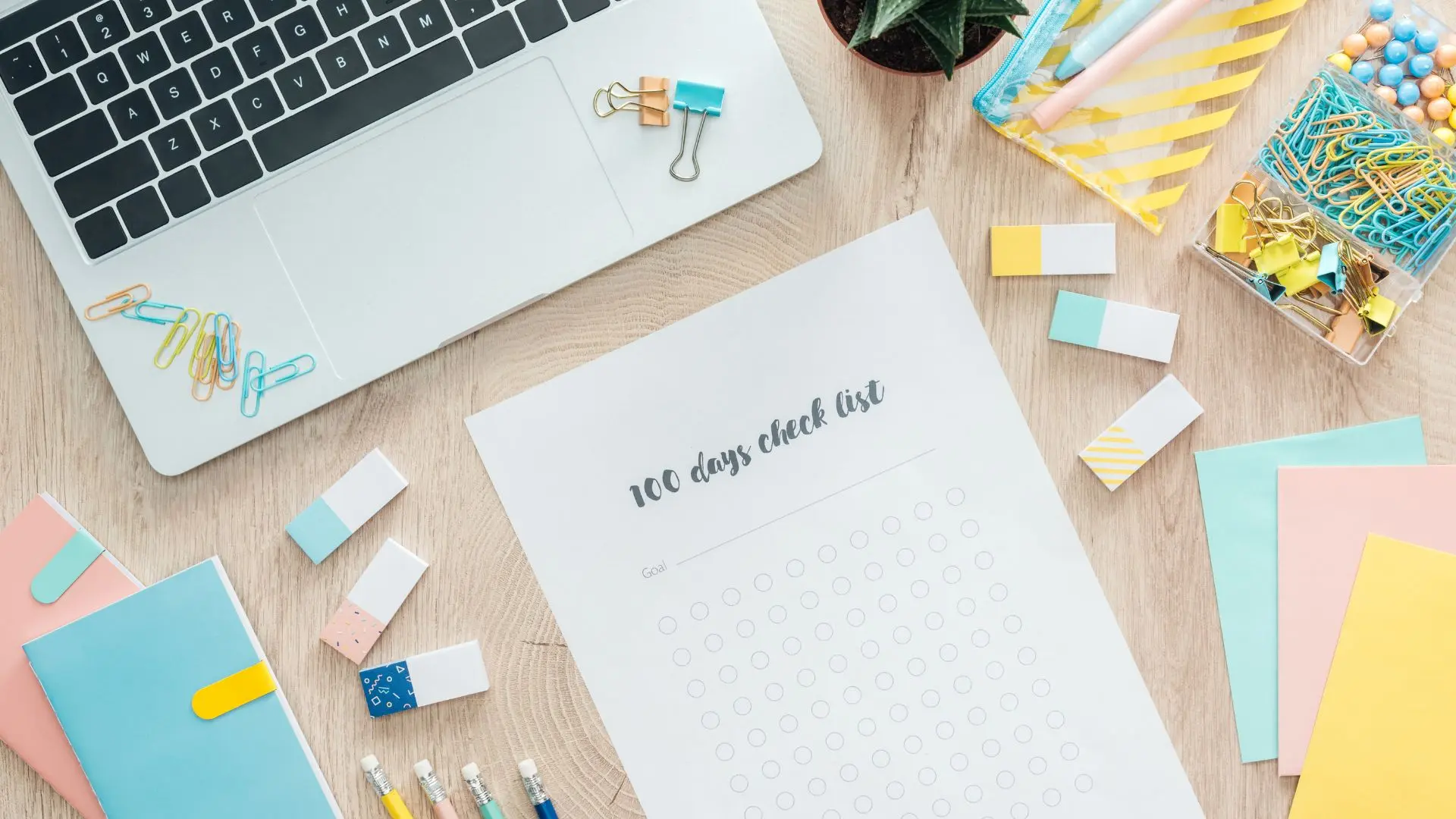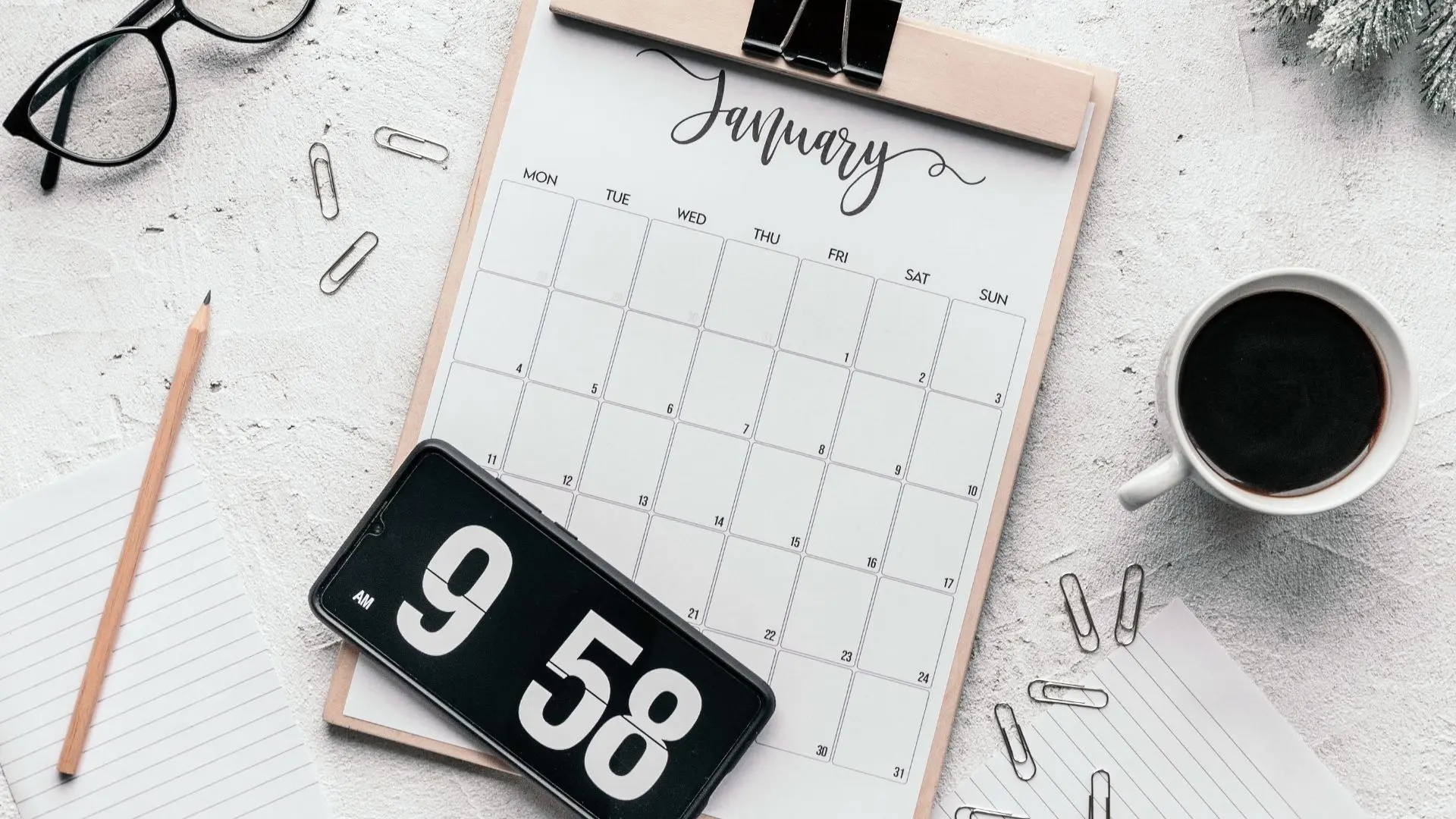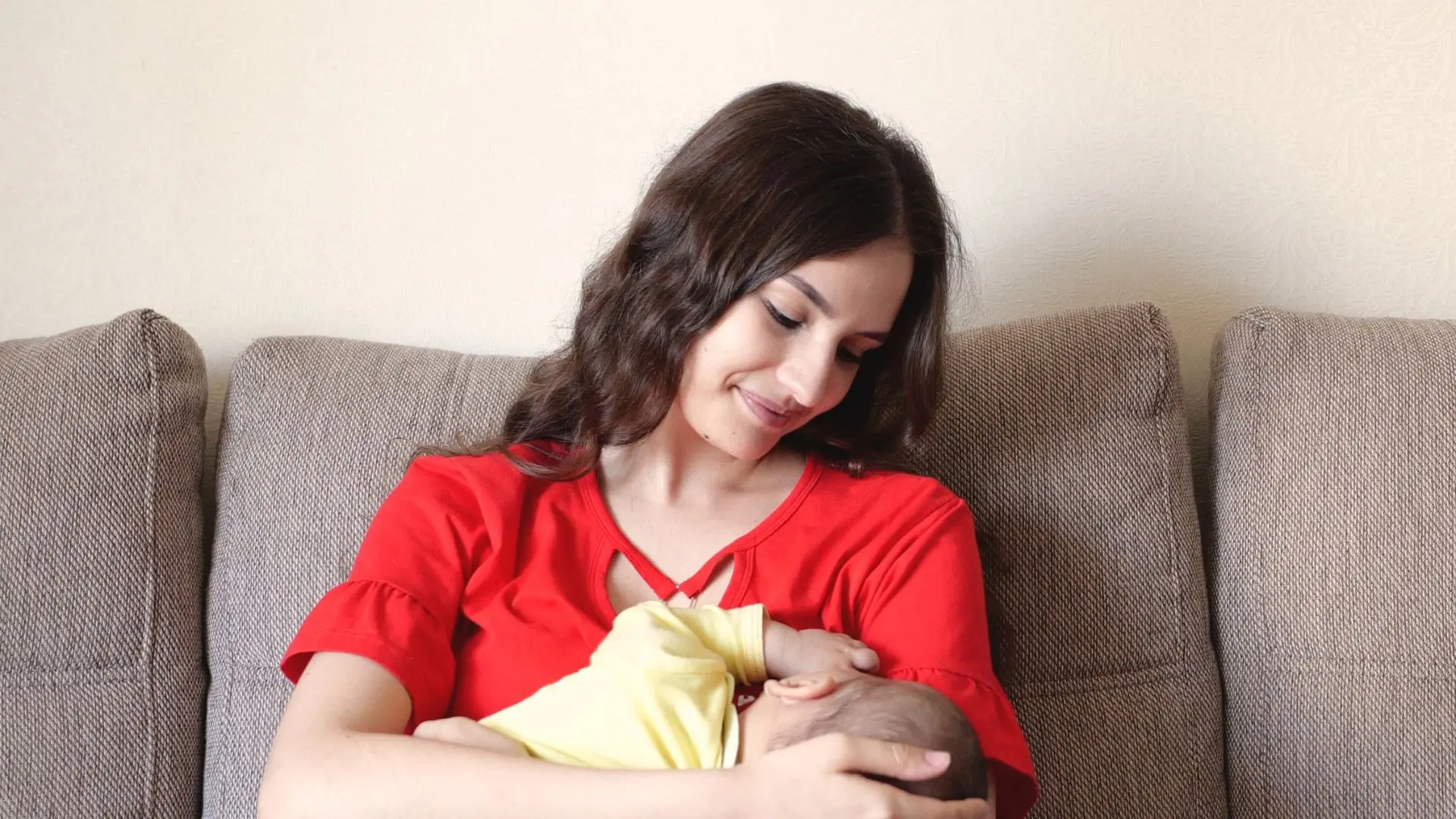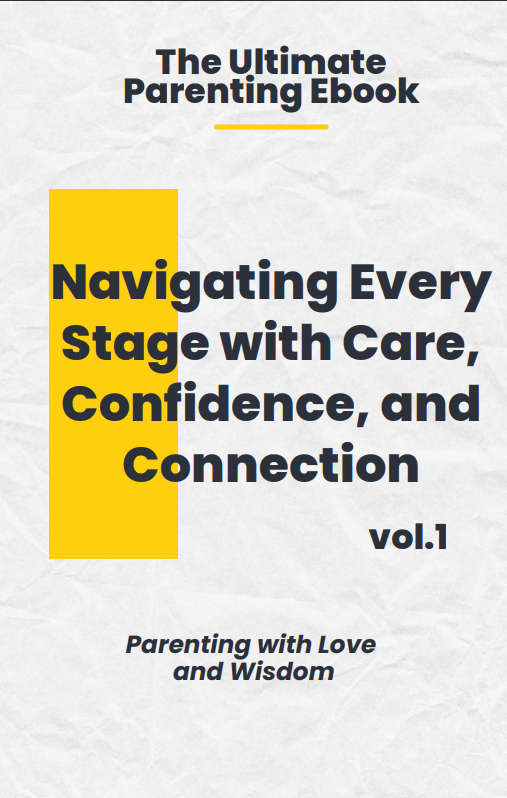
Homeschooling your kindergartener can be a rewarding experience, but it comes with its own unique challenges. One of the most common struggles for parents is figuring out how to create a homeschool schedule for kindergarten that works for both their child and their family.
You want a routine that feels structured but not restrictive—one that keeps your child engaged without overwhelming them. If you’re feeling unsure about where to start or how to make it work, you’re not alone.
In this guide, we’ll walk you through the process, offer actionable tips, and help you create a schedule that supports your child’s learning and growth.
In This Blog
ToggleHow to Create a Homeschool Schedule for Kindergarten: Essential Tips for Success
When thinking about how to create a homeschool schedule for kindergarten, it’s important to keep a few things in mind. Young learners have different needs compared to older children. They require shorter, focused learning sessions, breaks, and a balance of structured and unstructured time.
1. Consider Your Child’s Attention Span
One of the first things to understand is that a 5- or 6-year-old’s attention span is not the same as an adult’s. They can only focus on an activity for a short time—usually 10 to 20 minutes per subject before needing a break.
So, when planning your schedule, keep your learning blocks short and sweet. For example, spend 15 minutes reading, followed by a quick 5-minute stretch or dance break. This approach keeps your child’s mind fresh and engaged.
2. Embrace Flexibility
No two days are ever the same, and homeschooling for kindergarten doesn’t need to be rigid. The beauty of homeschooling is the ability to adjust on the fly. Flexibility is key to preventing stress for both you and your child. Some days might require more playtime, while others may need a bit more focus on learning.
Being flexible means you can adjust as you get to know your child’s rhythm. Perhaps they’re particularly energetic after lunch, so use that time for active learning activities or a fun nature walk.
3. Balance Academics and Play
At this stage, play is learning. It may seem like they’re just playing with toys or running around outside, but these activities promote essential skills like problem-solving, socialization, and physical coordination.
Make sure to balance academic work with playtime to keep your child engaged and prevent burnout. Include plenty of opportunities for creative play, art, and exploration during the day.
Structuring Your Kindergarten Homeschool Day
Now that you know the basics of a successful schedule, let’s break down how to organize the day. Here’s an example of a well-balanced homeschool routine for a kindergartener:

Morning Routine (8:00 AM – 9:00 AM)
Start your day with a gentle routine that gets everyone into the right mindset. Begin with a simple breakfast and morning circle time. Talk about the weather, review the plan for the day, and set positive intentions.
During this time, you might also want to incorporate a short, calming activity like stretching or breathing exercises to ease into the day.
Core Learning Blocks (9:00 AM – 12:00 PM)
The first learning block should focus on the core subjects. Break the morning into manageable chunks:
- Reading (9:00 AM – 9:20 AM): Start with phonics, letter recognition, and early reading.
- Math (9:30 AM – 9:50 AM): Focus on counting, shapes, and simple math concepts.
- Science or Social Studies (10:00 AM – 10:20 AM): Incorporate hands-on activities like observing nature or basic science experiments.
In between each subject, give your child a short break to recharge. A 5-minute dance or stretching break can work wonders for regaining focus.
Lunch and Free Play (12:00 PM – 1:00 PM)
Lunch isn’t just for eating—this is an essential time for relaxation and free play. Let your child unwind with some unstructured time. This could include playing with toys, reading on their own, or exploring outside.
Free play is crucial for their social and emotional development, so don’t rush this part of the day. Let them engage in imaginative play and creativity without constraints.
Afternoon Sessions (1:00 PM – 3:00 PM)
The afternoon is perfect for lighter, fun subjects like art, music, or hands-on learning activities.
- Art (1:00 PM – 1:30 PM): Get out the crayons, paint, and other craft supplies for a fun project.
- Music (1:30 PM – 2:00 PM): Sing songs, learn rhythms, or try simple instruments.
- Exploration (2:00 PM – 2:30 PM): This could be a nature walk, a hands-on science experiment, or a learning game.
This part of the day should feel like a break from the more formal learning but still valuable for your child’s development.
End of Day Routine (3:00 PM – 4:00 PM)
Wind down your homeschool day by reflecting on what you learned. You can do this by reading a story together, talking about what went well, or preparing for tomorrow.
Time-Saving Tips for Homeschooling Kindergarten
Homeschooling can take up a lot of time, but with the right strategies, you can streamline your day and be more efficient. Here are a few tips:
- Use timers: Encourage independence by using timers for different activities. This helps your child know how much time they have left for each task, making transitions smoother.
- Batch lessons: Plan ahead and batch similar subjects together to save time. For instance, you could teach math and science in the same block, using related activities.
- Educational apps: Utilize apps or websites that offer interactive, educational games to reinforce the learning. This can be a fun and efficient way to teach subjects like math, reading, or even social studies.
Adjusting Your Schedule When Life Happens
Even the best homeschool schedule will face disruptions. Children get sick, life events occur, or sometimes your child just needs a break. Here’s how to adjust:
- Rest days: Don’t feel guilty about taking a day off when your child needs it. Rest is essential for both you and your child’s mental and emotional health.
- Evaluate and adjust: As you go along, assess how well your schedule is working. If certain subjects are taking longer than expected or your child is getting frustrated, it’s time to tweak the schedule.
- Incorporate learning into daily life: If you don’t get through all your planned activities, remember that life itself is a classroom. Cooking, grocery shopping, and even cleaning offer valuable learning experiences. Use these moments to teach math, reading, and problem-solving.
Creating a Homeschool Schedule for Kindergarten: Tools and Resources You Need
To make your life easier, here are a few tools and resources to help you craft the perfect schedule:
- Printable Schedule Templates: Use free or paid printable templates to structure your day.
- Homeschooling Apps: Apps like Google Calendar or homeschooling-specific ones like Homeschool Tracker can keep you organized and on track.
- Books and Materials: Look for kindergarten resources like interactive math books, phonics games, and science kits to enrich your learning time.

Conclusion
Creating a homeschool schedule for kindergarten doesn’t have to be a complicated or overwhelming task. With the right planning and a bit of flexibility, you can create a routine that works for you and your child. Start small, stay adaptable, and remember that learning doesn’t always look the same every day. The key to success is finding the balance between structure and fun while keeping the focus on your child’s needs.
So, as you embark on your homeschooling journey, remember: How to create a homeschool schedule for kindergarten is a process. Don’t be afraid to experiment and adjust until you find the right rhythm for your family.
You may also be interested in : Night Schooling for Kids: The New Way Moms Are Homeschooling While Working Full-Time
FAQs
1. What is the ideal length of a learning session for kindergarteners?
Kindergarteners can focus for about 10–20 minutes per session. Keeping sessions short ensures they stay engaged and retain information effectively.
2. How flexible should a homeschool schedule be?
Flexibility is key. Adapt the schedule to your child’s learning pace, energy levels, and interests while maintaining a consistent routine.
3. How much playtime should be included in a homeschool schedule?
Play is crucial for development. Aim for at least 1–2 hours of free or structured play daily, alongside learning activities.
4. What activities can be included in a homeschool schedule for life skills?
Activities like cooking, grocery shopping, and cleaning teach math, reading, and responsibility while keeping learning practical and fun.
5. How do I balance academics and creative activities in the schedule?
Dedicate mornings to core academics and afternoons to art, music, or hands-on projects. This ensures a balanced and engaging day.
6. What tools can help in creating a homeschool schedule?
Use printable templates, scheduling apps like Homeschool Tracker, and interactive learning materials to organize and enhance learning.
7. How do I adjust the schedule for unexpected events?
Focus on essential tasks, incorporate real-life learning opportunities, and allow for rest days when disruptions occur.
8. What subjects should be prioritized in a kindergarten homeschool schedule?
Core subjects like reading, math, and science should take precedence, supported by creative subjects like art and music.
9. How can I keep my child engaged throughout the day?
Alternate between short learning sessions, active breaks, and hands-on activities to keep the day dynamic and engaging.
10. How do I know if the schedule is working?
Regularly assess your child’s mood, focus, and progress. If they seem frustrated or uninterested, tweak the schedule to better fit their needs.




